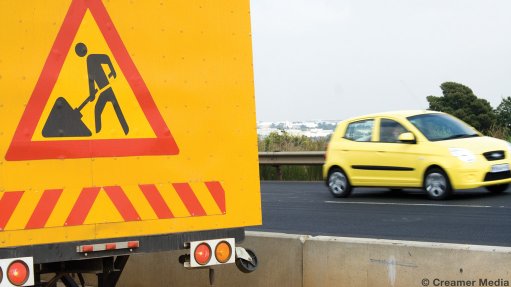
Photo by: Duane Daws
Murray & Roberts Infrastructure expects two roadworks rehabilitation contracts on the N2, in Kwazulu-Natal, to be completed in November.
The contracts, awarded to it by the South African National Roads Agency Limited (Sanral), were the first such projects to be undertaken by the company in the province.
The scope of work on both contracts, which were already under way, included periodic maintenance, with the first contract overseeing a 22 km stretch – Section 23 – between the Umzinto river to the Umkomaas river.
The second contract involves the rehabiliation of a 14.5 km stretch – Section 25 – between where the N2 crossed the Umlaas canal to what is known as Spaghetti Junction.
Securing these contracts had been a major coup for Murray & Roberts Infrastructure, which was established through the integration of Concor Civils and Concor Roads & Earthworks into a new single business.
“While the coordination and planning of these simultaneous projects [which were awarded back-to-back] represents a challenge in terms of logistics, it is a significant testament to the capabilities and expertise of Murray & Roberts Infrastructure,” project manager Bennie Hook said.
Commenting on the pavement specification, Hook said the projects comprised rehabilitation work on the old road surface. This involved milling out a layer of the existing asphalt and replacing it with new material, followed by a final ultrathin friction course (UTFC) layer on top.
A major feature of the project would entail the use of a Comar mobile asphalt plant from Much Asphalt, which provided the recycled asphalt pavement (RAP) mix for the projects. Both projects would use a 40% RAP content.
“Recycling the old asphalt represents a significant cost saving in terms of bitumen and aggregate, as well as being highly sustainable,” Hook stated. A particular challenge was posed by closely monitoring the binder content of the existing asphalt, owing to various rehabilitation work carried out over the years that had used different materials.
“The project is pretty straightforward. However, obtaining the correct RAP mix is tricky, as the varying binder content of the old asphalt affects the ratios of the mix recipe. This has to be monitored closely as quality control is critical,” he noted.